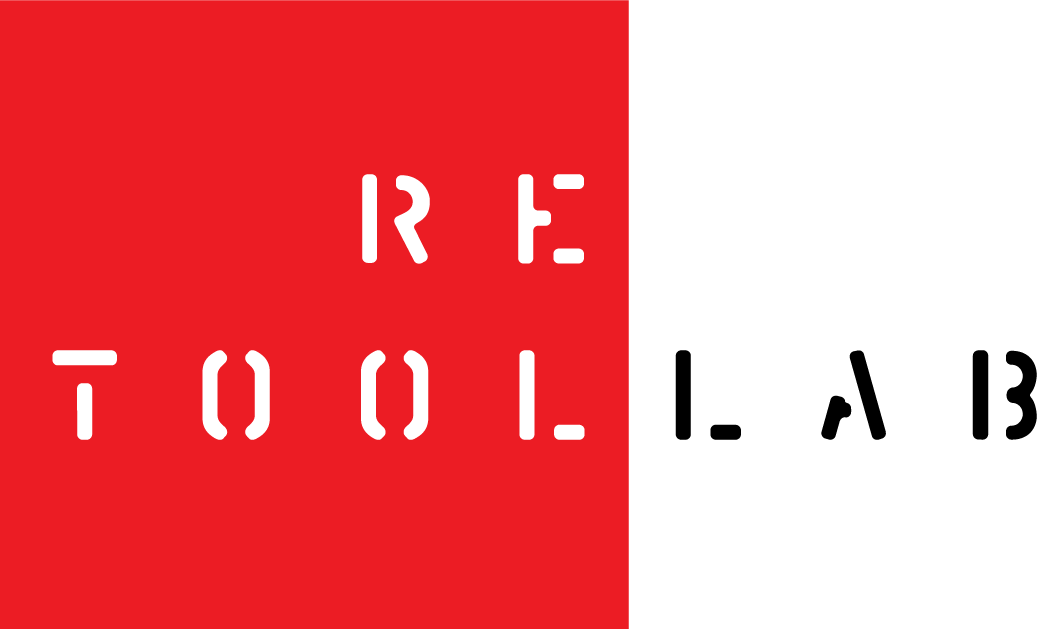Branding a dangerous idea
Is your museum a cabinet of wonders or a place of ideas? We’ve long argued that if museums want to be relevant they have to do more than exhibit artefacts to visitors, they must be actively engaged in telling stories to a wider audience. Finally, that choice is being discussed; the museum world is considering retooling. In a New York Times article, Alex Marshall, describes an international effort to update the definition of “museum” so institutions can be “with the times” (“What is a museum? A dispute erupts over a new definition,” 6 August 2020).
The real question is whether museums should just be houses of collections and beautiful stops on the tourist trail or engage with the wider society.
Rick West, The Autry National Centre of the American West
The old 1970s definition – still used by UNESCO – validates the traditional museum practice of exhibiting collections for education, study, and enjoyment inside their four walls, but this limited definition boxes-in museums’ imaginations: they haven’t been able to challenge people’s thinking and get them engaged in dialogue outside a museum visit. The new definition – still at the proposal stage – attempts describing museums as democratizing spaces for critical dialogue to improve human dignity and well-being.
They’ve put a lot of time and effort into something they should have been doing all-along, but sometimes change requires a push. If a new definition moves the needle even a bit, this will be worthwhile.
Embracing dialogue may be easier-said-than-done. If you make it part of your brand you have to be open to discussion about anything, and you can’t stop what people want to talk about. People expect transparency: to shut-off discussion in any way suggests you are hiding something and are untrustworthy. Consider the Canadian Museum for Human Rights: during the Black Lives Matter protest this spring, some employees felt empowered to openly discuss their grievances because they believed the CMHR – branded as a place of dialogue – wasn’t open enough, not free enough, when it came to discussion and wasn’t, therefore, living up to its mission. It’s a reminder that Oscar Wilde once warned “all great ideas are dangerous.”
Many cultural organizations expect to play a major role as a focus of reflection and debate, but do little to achieve that goal; they wonder why they aren’t having a greater impact. If they are to be a vital artery explaining the present they need more than redefinition. But how should they reimagine what is necessary to be relevant?
Museums have long had the choice between being a local venue dependent on novelty to keep attendance steady, or demonstrating their unique ideas belong at the centre of a vital public conversation about our world. Sadly, their entertainment-focused imagination prevailed, a choice that has locked them into a way of doing business with significant flaws. Embracing superficiality and spectacle has built the wrong kind of identity and failed to clearly establish and communicate their public value. Most can barely express their public value because they have allowed “place” to distract from their mission. The message museums send by enshrining themselves in glittering malls is that they’re satisfied to be locally-based venues for sociability instead of intellectual leaders and educators. Their indifference about telling stories and their curious willingness to embrace inappropriate marketing gimmicks limits their potential impact.
The solution begins when they stops grousing about being an undervalued source for information. Until museums start telling people everywhere why they are truly different and important – in a substantive and believable way – they will remain irrelevant. Be “intrusive” about transmitting the collection’s stories so the museum becomes widely known for its unique ideas; be as innovative in thinking about how to communicate with audiences outside the museum’s walls as you have been adept at erecting those walls in the first place.
Redefinition is a positive step, but museums still have to follow new rules:
A tagline that merely says you are a leading voice, which is backed up only by superficial content, weakens your brand.
Trust builds around organizations that reinforce their leadership claims through dialogue about the rich, thought-provoking ideas that people crave.
Embrace and harness your dangerous ideas: challenging audience thinking will sustain their intellectual interests and establish communities that want to stay connected with your work. Only by proving your organization is a place to interact with leading ideas will those people come to believe in your museum’s relevance. But that’s how to connect millions to your work, and how museums can live up to their fancy new definition.

